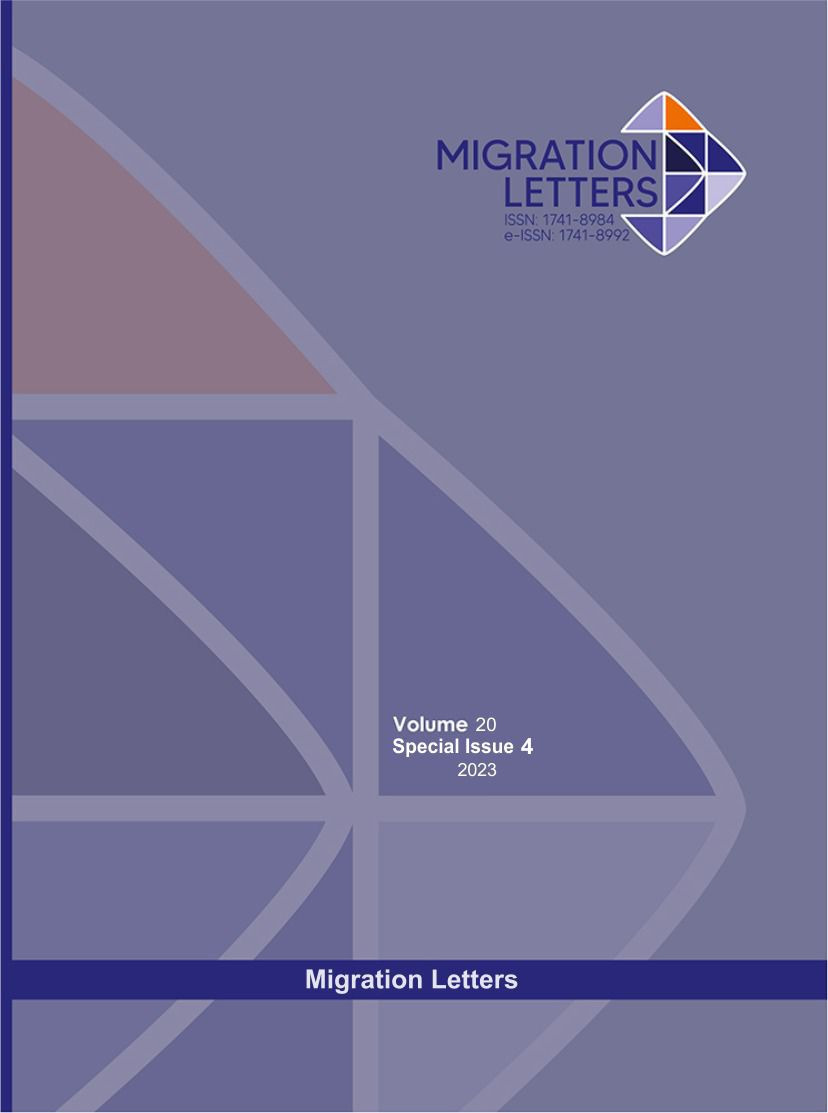Senior-friendly Public Spaces for Overall Well-being in the Future Urban Environment: Factors Influencing Usability by Senior Citizens
DOI:
https://doi.org/10.59670/ml.v20iS4.4065Abstract
Changing demographics is a global concern associated with the development of future cities. Over-migration and rapidly increasing senior population in the urban areas, worldwide, are the key drivers for city planning and development. Public parks are a significant aspect of the urban fabric that contribute to quality life of the city dwellers of all age-groups. They offer a low-cost solution for social engagement and physical activity for a longer duration and also contribute to the mental health of senior citizens. This necessitates the development of public parks with special consideration towards preferences of seniors, in order to create cities that are age-friendly and health-friendly. High quality public parks in the present tech-world would greatly contribute to prevention of social isolation, especially for seniors living in urban environment, which necessitates identification and incorporation of factors that influence usability of such spaces by them. This paper identifies the factors that affect usability of public parks by the senior citizens along with their preferences, needs and requirements, through an intense literature review. The identified factors are narrowed down through questionnaires and personal interactions with the field experts and the users, aged 60 years and above. The statistical analysis helps in understanding the association of these factors with the overall satisfaction of senior citizens and identifies the critical factors that need to be taken care of for an enhanced usability of such spaces by the seniors.
Metrics
Downloads
Published
How to Cite
Issue
Section
License

This work is licensed under a Creative Commons Attribution-NonCommercial-NoDerivatives 4.0 International License.
CC Attribution-NonCommercial-NoDerivatives 4.0






